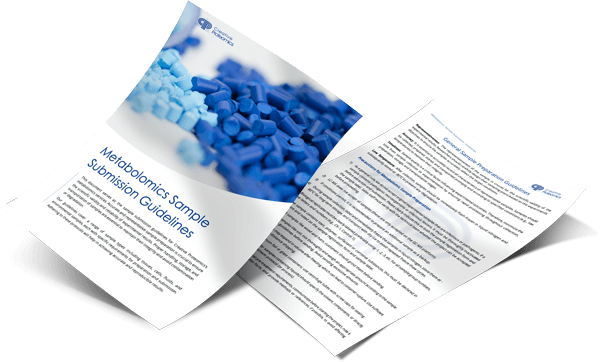Aconitic Acid Analysis Service
Creative Proteomics delivers advanced aconitic acid analysis with isomer-specific precision and full metabolic context using LC-MS/MS, HPLC, and GC-MS platforms.
We help you:
- Ultra-sensitive detection of cis- and trans-aconitic acid down to 1 ng/mL
- Comprehensive coverage of TCA cycle intermediates and related metabolic nodes
- Pathway-level insights into cellular energy flow, plant stress response, and microbial metabolism
Validated across diverse sample types including biofluids, plant material, and fermentation media—empowering your research with fast, accurate, and scalable analytical solutions.
Submit Your Request Now
×- What We Provide
- Advantage
- Workflow
- Technology Platform
- Sample Requirements
- FAQs
- Publication
Overview of Aconitic Acid
Aconitic acid, a tricarboxylic acid featuring both cis and trans isomers, plays a pivotal role as an intermediate in the tricarboxylic acid (TCA) cycle. It is synthesized through the dehydration of citric acid by aconitase and can be found in a range of biological matrices including plant tissues, microbial cultures, and mammalian biofluids. As a key metabolic node, aconitic acid interconnects multiple biochemical pathways including energy metabolism, amino acid biosynthesis, and stress response pathways. Its presence and fluctuations can serve as biomarkers for various physiological and pathological states, including metabolic disorders, mitochondrial dysfunction, and environmental stress in plant systems.
Why Analyze Aconitic Acid?
Accurate analysis of aconitic acid is essential for:
- Quality control in biofuel and sugar industries to monitor acid accumulation during processing.
- Biological research to study its role in metabolic pathways, plant stress responses, and antimicrobial activity.
- Industrial validation of polymer synthesis, ensuring purity for downstream applications like biodegradable plastics.
Creative Proteomics addresses these needs with tailored solutions that bridge research and industrial scalability.
Aconitic Acid Analysis Service Offered by Creative Proteomics
- Quantitative Isomer Analysis: Precise measurement of cis- and trans-aconitic acid using high-sensitivity LC-MS/MS methods.
- TCA Cycle Metabolite Profiling: Simultaneous detection of aconitic acid and related intermediates (e.g., citrate, α-ketoglutarate, succinate).
- Metabolic Pathway Mapping: Integration of data into KEGG/HMDB pathway models to identify metabolic shifts and enrichment trends.
- Plant Stress Biomarker Analysis: Quantification of aconitic acid accumulation in plants under drought, salinity, and other abiotic stress conditions.
- Fermentation Process Monitoring: Measurement of aconitic acid in microbial cultures to optimize yield and monitor metabolic flux.
- Custom Method Development: Development of tailored protocols for unique sample matrices or specific analytical goals.
- Multi-Matrix Sample Support: Validated analysis across plasma, urine, tissues, plant extracts, culture media, and fermentation broth.
- Comprehensive Data Reporting: Includes raw data, concentration tables, chromatograms, and optional statistical or pathway analysis.
Detected Aconitic Acid and Related Analytes
| Analyte | Chemical Class | Associated Metabolic Pathways | Biological Relevance |
|---|---|---|---|
| Cis-Aconitic Acid | Tricarboxylic Acid | TCA Cycle, Citrate Metabolism | Intermediate between citrate and isocitrate; stress biomarker |
| Trans-Aconitic Acid | Tricarboxylic Acid | Plant Secondary Metabolism, Abiotic Stress Response | Non-enzymatic isomer; accumulates under plant stress |
| Citric Acid | Tricarboxylic Acid | TCA Cycle, Glyoxylate Cycle | Starting point of TCA cycle; energy metabolism indicator |
| Isocitric Acid | Tricarboxylic Acid | TCA Cycle | Intermediate in mitochondrial respiration |
| α-Ketoglutarate | Keto Acid | Amino Acid Biosynthesis, TCA Cycle | Key nitrogen donor and signaling molecule |
| Succinic Acid | Dicarboxylic Acid | TCA Cycle, GABA Shunt | Energy generation; neuromodulator precursor |
| Fumaric Acid | Dicarboxylic Acid | TCA Cycle | Intermediate between succinate and malate |
| Malic Acid | Hydroxy Dicarboxylic Acid | TCA Cycle, Glyoxylate Cycle | Involved in redox balance and osmotic regulation |
| Oxaloacetic Acid | α-Keto Acid | TCA Cycle, Gluconeogenesis | Crucial for gluconeogenesis and amino acid transamination |
| Itaconic Acid | Dicarboxylic Acid Derivative | Itaconate Pathway, Immunometabolism | Macrophage activation marker; antimicrobial function |
Advantages of Aconitic Acid Assay
- Ultra-Low Detection Limits: Detects aconitic acid isomers at concentrations as low as 1 ng/mL, enabling analysis of trace-level metabolites in complex matrices.
- High Quantitative Accuracy: Achieves R² > 0.999 in standard calibration curves with internal standard normalization to ensure linearity and reproducibility.
- Exceptional Reproducibility: Intra- and inter-batch coefficients of variation (CVs) maintained under 5%, guaranteeing consistent results across replicates.
- Wide Dynamic Range: Accurate quantification over 4–5 orders of magnitude, suitable for both low-abundance and highly concentrated samples.
- Matrix Versatility: Validated performance across 8+ biological matrices, including plasma, urine, plant tissues, fermentation broth, and cell media.
- Comprehensive Data Package: Includes raw data, QC reports, quantitative tables, standard curves, and optional PCA/pathway visualizations.
- Batch Analysis Capability: High-throughput platform supports simultaneous processing of 100+ samples per run, optimizing cost and time efficiency.
- Isomer-Specific Resolution: Advanced LC separation enables full resolution and independent quantification of cis- and trans-aconitic acid.
- Internal Standard Calibration: Uses ^13C-labeled aconitic acid and related metabolites to correct matrix effects and enhance quantification precision.
Workflow for Aconitic Acid Analysis Service
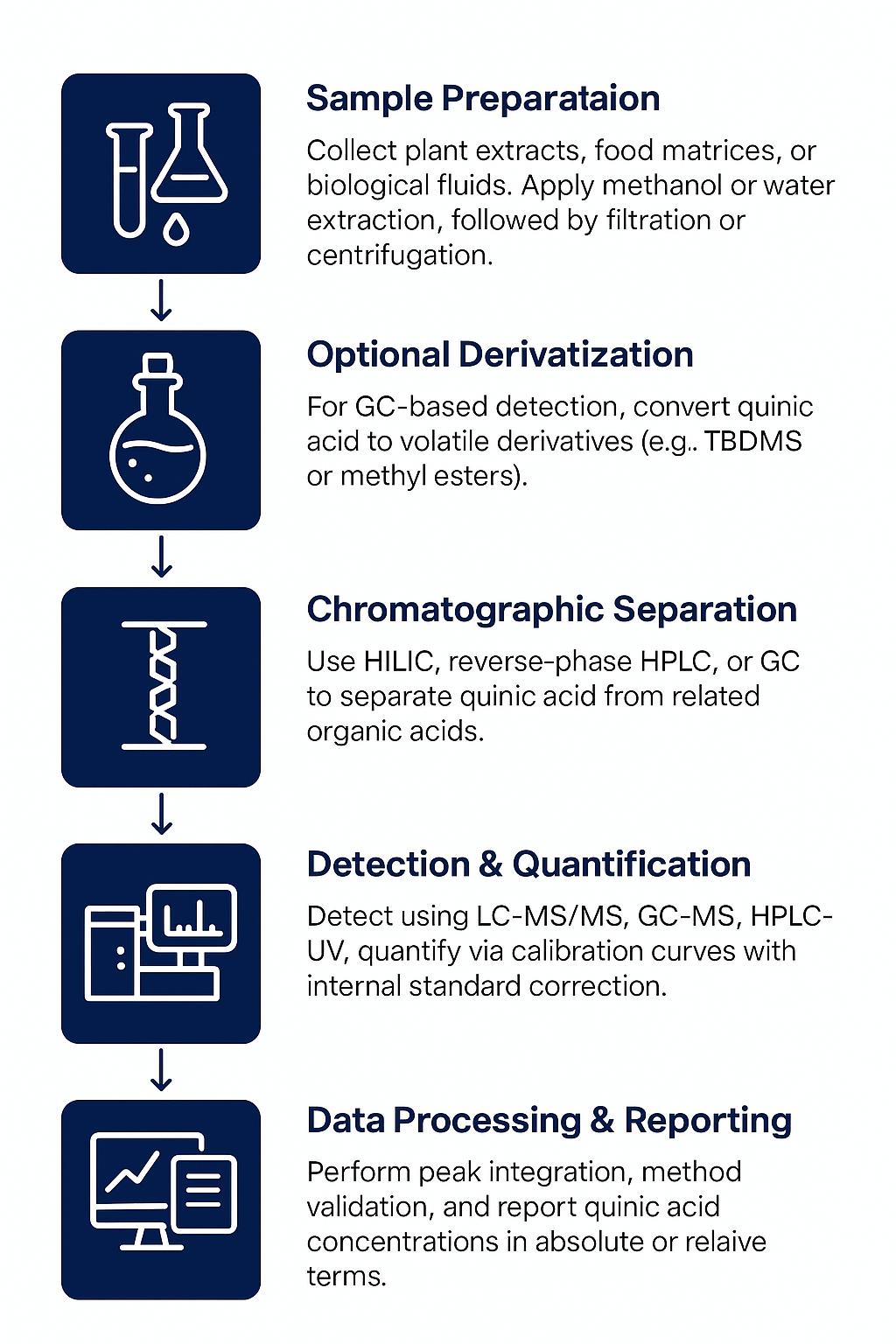
Technology Platform for Aconitic Acid Analysis Service
Agilent 6495C Triple Quadrupole LC-MS/MS: Utilized for high-sensitivity quantification in MRM mode, with femtogram-level detection and excellent selectivity in complex biological matrices.
Agilent 7890B GC with 5977A MSD: Suitable for derivatized malonic acid analysis in environmental and microbial samples. Offers high resolution and low background interference.
Agilent 1260 Infinity II HPLC: Provides robust chromatographic separation with high reproducibility, used in both LC-MS and UV workflows to enhance peak clarity and retention stability.
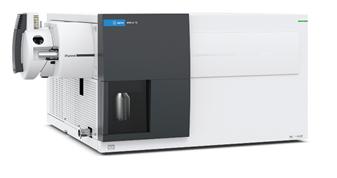
Agilent 6495C Triple Quadrupole (Figure from Agilent)
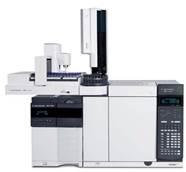
Agilent 7890B-5977A (Figure from Agilent)
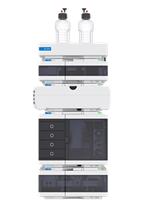
Agilent 1260 Infinity II HPLC (Fig from Agilent)
Sample Requirements for Aconitic Acid Analysis Service
| Sample Type | Minimum Volume/Weight | Storage Condition |
|---|---|---|
| Plasma/Serum | ≥ 100 µL | -80°C |
| Urine | ≥ 200 µL | -20°C |
| Tissue (Plant/Animal) | ≥ 50 mg | Flash frozen, -80°C |
| Cell Culture Supernatant | ≥ 500 µL | -80°C |
| Microbial Fermentation | ≥ 1 mL | -20°C |
| Plant Extracts | ≥ 100 µL | -80°C |
| Sample Type | Minimum Volume/Weight | Storage Condition |
| Plasma/Serum | ≥ 100 µL | -80°C |
FAQ of Aconitic Acid Analysis Service
Can I submit freeze-dried or lyophilized samples for aconitic acid analysis?
Yes, we accept freeze-dried samples. Please clearly indicate whether the weight provided is dry weight or wet weight to ensure accurate normalization.
How stable is aconitic acid during shipping and storage?
Aconitic acid is relatively stable when samples are kept frozen. We recommend shipping on dry ice and storing samples at -80°C to preserve metabolite integrity.
What if my sample volume is limited?
e can accommodate low-volume samples down to 50 µL or 10 mg, but please contact us in advance so we can adjust extraction protocols accordingly.
Can you help me design my experiment (e.g., number of replicates, controls)?
Absolutely. Our technical team can assist with experimental planning to ensure statistical power and biological relevance.
Will I receive both cis- and trans-aconitic acid results separately?
Yes, our methods fully resolve and quantify both isomers independently, and results are reported as separate analytes.
Do I need to perform any pre-treatment before sending samples?
No pre-treatment is needed. Send raw biological samples frozen. If extraction has already been performed, please include solvent composition and method details.
Can I combine aconitic acid analysis with other targeted metabolites?
Yes, we offer customizable multi-analyte panels. Let us know your targets, and we'll create an optimized detection panel.
Do you provide assistance with data interpretation or biological insights?
Yes, we can help interpret trends, provide pathway impact analysis, and assist in visualizing results through plots or network diagrams.
How are contaminants or interfering compounds handled in complex samples?
Our workflows include matrix-matched controls and internal standards to correct for signal interference and enhance accuracy.
Is there a minimum number of samples I need to send?
There is no strict minimum. We handle both single-sample exploratory studies and large-scale cohort analyses efficiently.
Can I request reanalysis if I want to validate specific findings?
Yes, residual samples are stored (unless otherwise requested), allowing for reanalysis or additional tests as needed.
Learn about other Q&A.
Publications
Here are some publications in Metabolomics research from our clients:

- Function and regulation of a steroidogenic CYP450 enzyme in the mitochondrion of Toxoplasma gondii. 2023. https://doi.org/10.1371/journal.ppat.1011566
- Living in extreme environments: a photosynthetic and desiccation stress tolerance trade-off story, but not for everyone. 2023. https://doi.org/10.22541/au.168311184.42382633/v2
- Quantification of choline in serum and plasma using a clinical nuclear magnetic resonance analyzer. 2022. https://doi.org/10.1016/j.cca.2021.11.031
- Thermotolerance capabilities, blood metabolomics, and mammary gland hemodynamics and transcriptomic profiles of slick-haired Holstein cattle during mid lactation in Puerto Rico. 2024. https://doi.org/10.3168/jds.2023-23878
- Fatty Acid and Antioxidant Profile of Eggs from Pasture-Raised Hens Fed a Corn- and Soy-Free Diet and Supplemented with Grass-Fed Beef Suet and Liver. 2022. https://doi.org/10.3390/foods11213404

